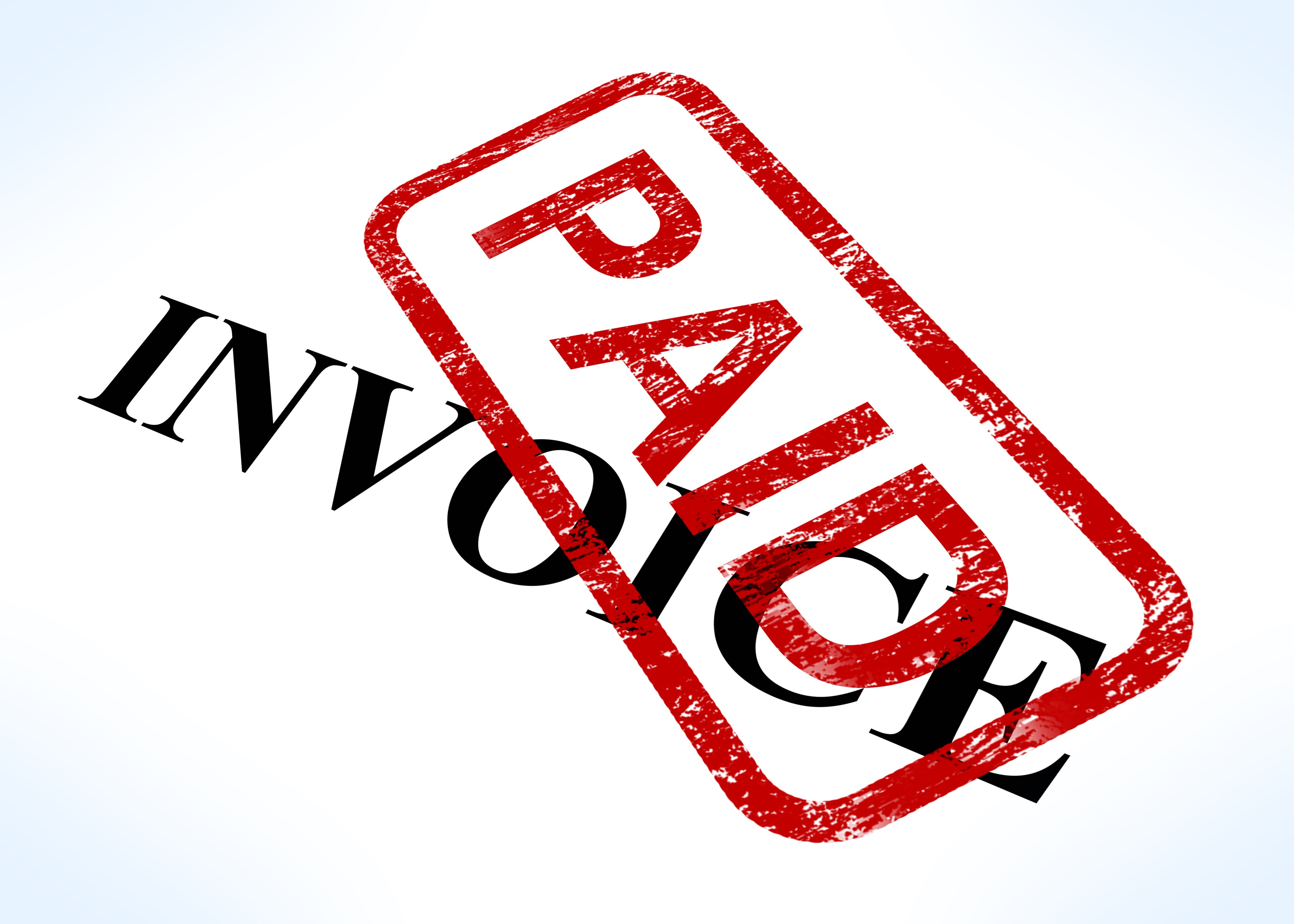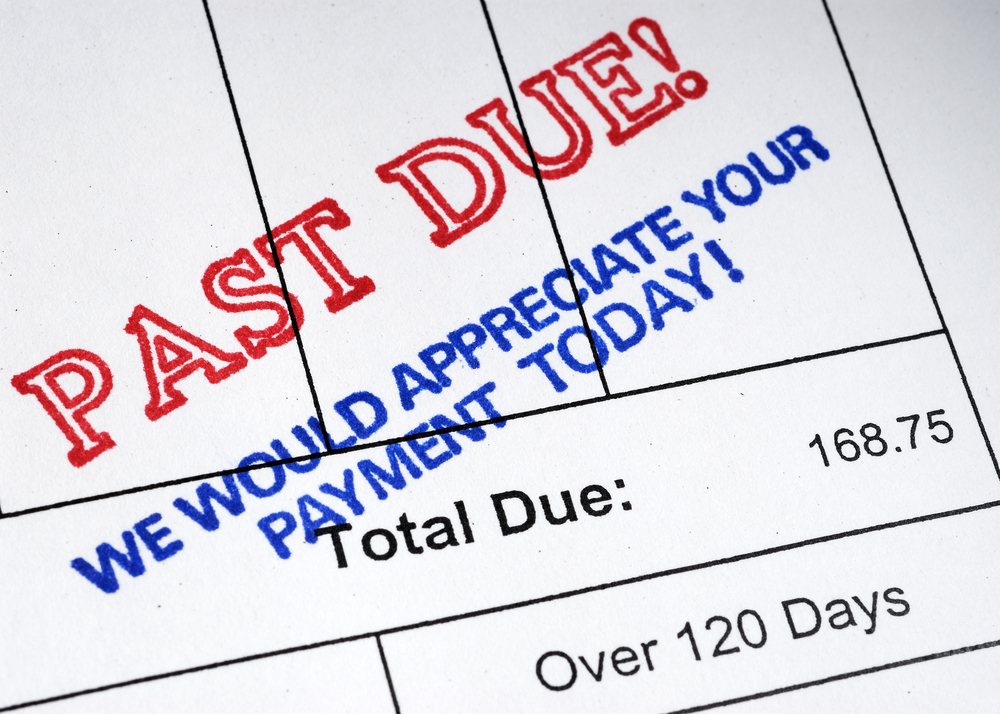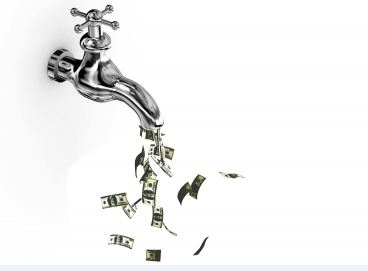5 Accounts Receivable Management Key Performance Indicators (KPIs)
Accounts Receivable Management: 5 Ways to Increase Cash Flow In any business, cash flow relies on effective accounts receivable management,...
2 min read
Community User Fri, Dec 19, 2014

When it comes to increasing cash flow, are you finding that your numbers are not quite where you would like them to be? The first step is to learn about accounts receivable performance indicators, how they interact with each other, and what those interactions mean for your bottom line. There are a number of different things you can do and small changes you can make to improve your metrics and overall accounts receivable performance.
Here are a few pointers:Previously, in part 1 of this blog series 5 Accounts Receivable Management Key Performance Indicators (KPIs) we covered 1. Days Sales Outstanding (DSO) and 2. Average Days Delinquent (ADD). In this article, we will cover the remaining 3 key performance indicators (KPIs) that can help CEOs, CFOs, controllers and credit managers increase cash flow by making accounts receivable efforts much more strategic than just making collection calls.
In part 1 of this blog series we covered the following topics:
1. Days Sales Outstanding (DSO)
2. Average Days Delinquent (ADD)
In this article we will cover:
3. Collection Effectiveness Index (CEI)
4. CEI vs DSO
5. Accounts Receivable Turnover Ratio (ART)
Now let's cover the last 3 remaining accounts receivable management KPIs:
Put most simply, the CEI compares how much money was owed to the company and how much of that money was actually collected in the given time period, usually one year. The resulting percentage allows the company to gauge how strong their current collections policies and procedures are and whether or not changes need to be made.
CEI= (Beginning receivables + Monthly credit sales – Ending total receivables) / (Beginning receivables + Monthly credit sales – Ending current receivables) x 100
The closer the resulting percent is to 100% the stronger your collections processes and policies are. A low or dropping percentage means it is time to re-evaluate your policies on selling on credit and the processes your collectors are following. If you find it is time to reevaluate your policies and procedures, download this guide to developing policy and procedure manuals that will get your CEI percentages to where they need to be.
On the surface DSO and CEI sound very similar, but there is a very important difference to note. DSO provides insight into collections during one point in time, usually periods of less than a year. DSO also is a measurement of time, how long it takes for you to collect on an invoice once it is sent.
CEI measures the effectiveness of your collections performance over a longer period of time, generally a year although the formula can be manipulated for smaller segments of time. Additionally CEI differs from DSO because it is not a measurement of time, it measure the overall quality of your collections processes.
Generally DSO and CEI should move in opposite directions, which makes sense if you think about what each represents. There a few exceptions to this rule so don’t panic if yours are not behaving as such.
The ART measures how many times your company turns accounts receivable into cash during a period; usually over one year.
ART= Net credit sales/average accounts receivable
A higher ratio means you are turning A/R into cash more frequently; if, for example, your ration is 2, you collect average A/R twice a year, every 6 months. The more frequently you are collecting, the higher your cash flow and liquidity.
____________________________________________________________________________________

Accounts Receivable Management: 5 Ways to Increase Cash Flow In any business, cash flow relies on effective accounts receivable management,...

Increase Cash Flow with Accounts Receivable Management KPIs Modern CFOs understand the importance of employing technology wherever possible to gain...

As we all know, cash flow is the lifeblood of every business. Having sufficient cash can be the difference between success and failure and accounts...